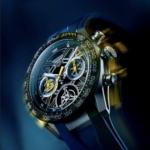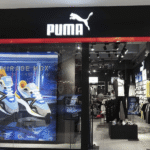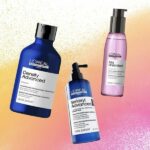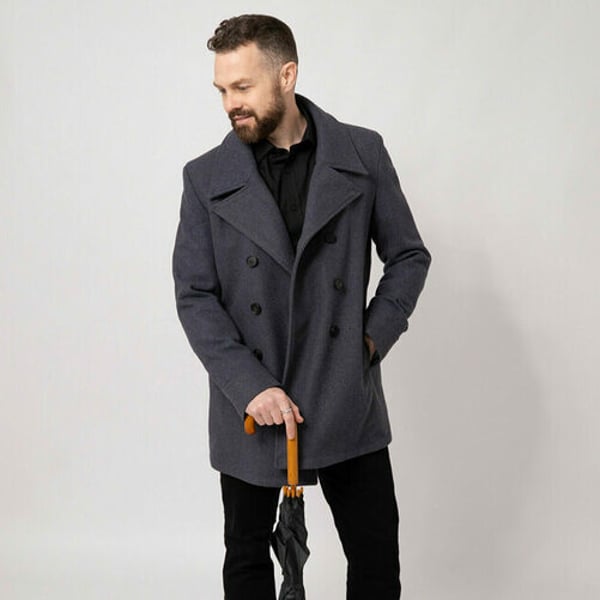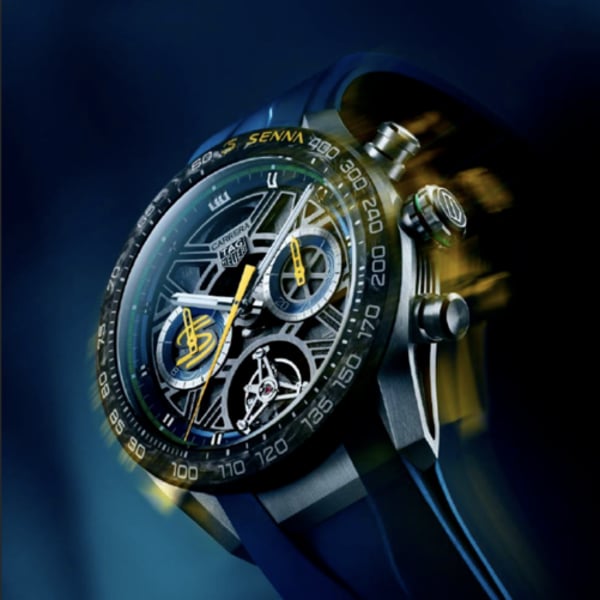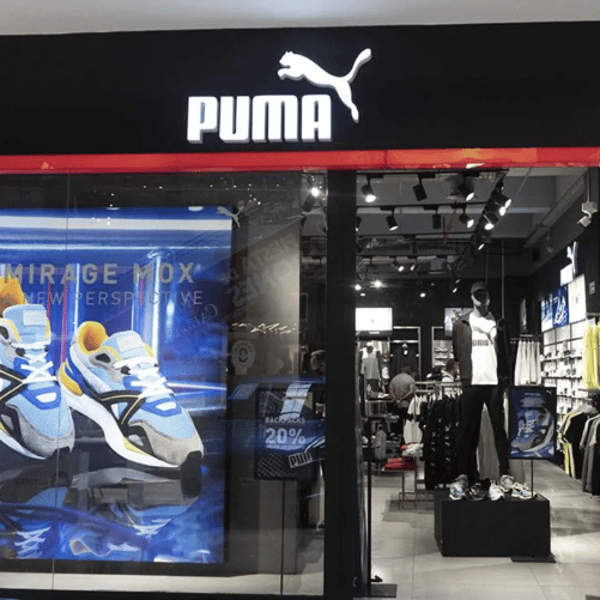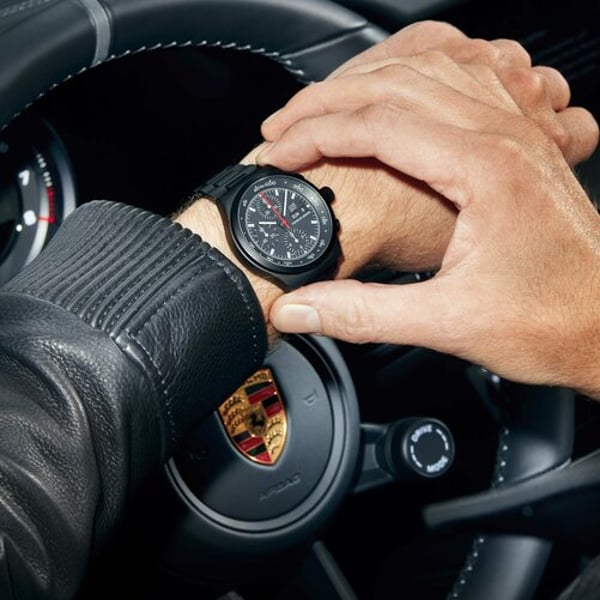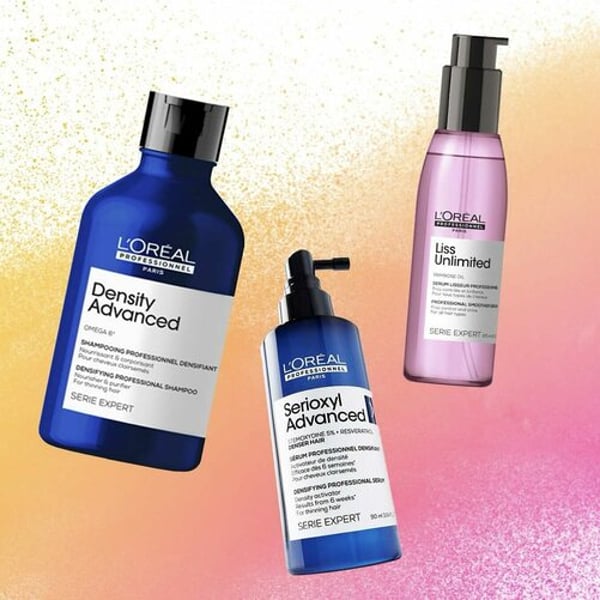There’s fast fashion and slow fashion. And then there’s really slow fashion, which is where Barnfield Customs comes in. The British menswear brand makes high-end outerwear and knitwear “for those who value patience, provenance and purpose”.
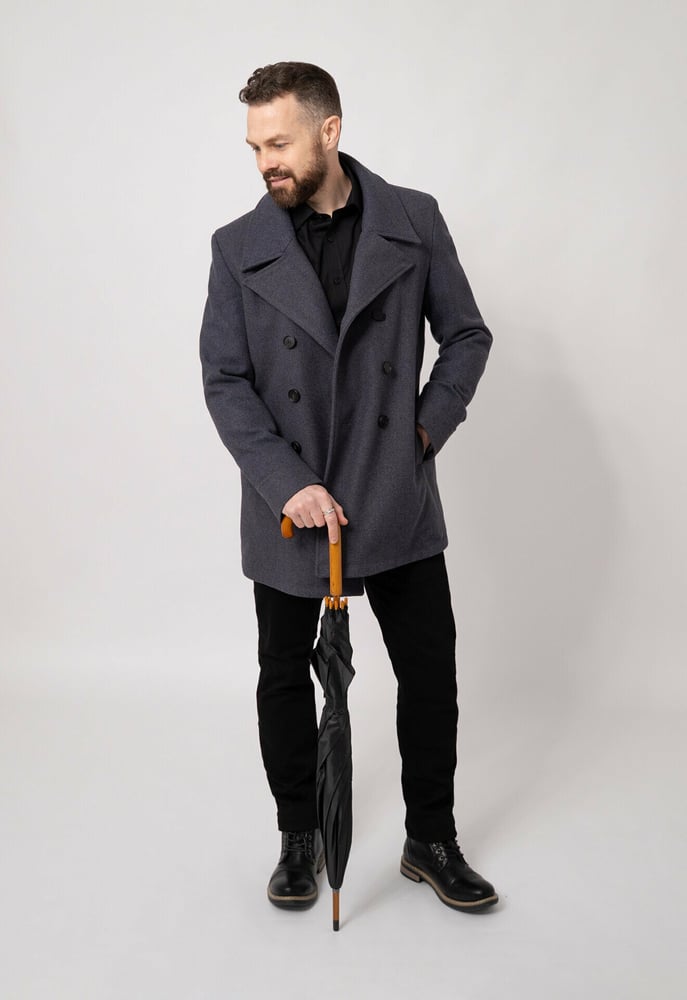
Each year, the Nottingham-based firm launches a selection of “unique and limited edition” jackets. And with a 12-week wait for orders to arrive (every piece is handmade in England), this is about as far from the idea of instant gratification as it’s possible to get.
Once a style is sold out, it’s gone. But that doesn’t seem to be deterring customers. Its Lawrence Jacket, for instance (“developed and perfected” over four years), sold out within 36 hours of going on sale. The current Hampden peacoat is “in progress” with the company inviting those interested to sign up. Those coats cost around £1,595.
Founded by designer Mark Warman in 2020, Barnfield says it “exists as a quiet defiance against disposability, offering garments that are made to last, worth the wait and rich with story”.
So who’s actually buying. Warman told FashionNetwork.com that his customers are “aged between 35 and 55, they’re established in their careers. They’re deliberate and look for genuine meaning in the products they invest in. With an annual household income that sits comfortably in the £120k–£180k range, they have significant discretionary spending power. They don’t chase novelty, have no interest in trends and prefer values-led brands that reflect their own [values], typically buying one or two high-end clothing items per season”.
And do they mind the long wait? Apparently not. He added that “for them, the 12-week wait is a demonstration of quality and authenticity. The anticipation is all part of the joy of ownership”.
While he hasn’t shared its results (and the last set of micro company accounts available at Companies House give little clue), we have to assume that the business model is economically viable, although perhaps not at scale.
Warman told us that “I’m not chasing scale. In fact, I’m actively avoiding it. I’m building for slow, sustained growth. I fully expect Barnfield to offer repairs to the children of today’s customers when they inherit their dad’s favourite coat. The business is sustained by genuine connection. I run one-on-one virtual fittings, share behind-the-scenes updates including the missteps, and involve customers in key decisions”.

And while scale isn’t an objective, he does have over 3,600 people signed up to the email list. “Around 60% open every message and many reply,” he explained, “whether they’ve bought or not, because they feel part of what we’re building”.
Of course, even such a business as this needs something a little faster and with knitwear (retailing for around £295) held in stock, it “balances the slower rhythm of our made-to-order coats and supports steady cash flow,” Warman said, while stressing that “this isn’t a trend-led model. It’s a deliberate one, designed for longevity. We’re not trying to be everything to everyone. We’re building for those who get it, and clearly, they do”.
But the 12-week wait is the key and is promoted as a virtue rather than a reason for frustration.
Warman previously said the wait “is core to what Barnfield stands for. It’s not a gimmick or a marketing tactic – it’s a true reflection of the time it takes to produce something of lasting quality. We’re not sitting on stock or rushing to meet arbitrary deadlines. The wait is part of the experience – it’s an investment in something genuinely meaningful. There’s always an element of tension in waiting – especially when we’ve been conditioned to expect next-day delivery. But for the right customer, that anticipation becomes part of the joy. The people who buy from Barnfield aren’t looking for instant gratification”.
And in order to keep customers engaged, while each coat is being made, they’re kept “in the loop, showing them what’s happening behind the scenes. That sense of anticipation deepens the emotional connection”.
Warman said that “slowing down forces us to ask better questions: why am I buying this? Will I still love it in 10 years? Who made it – and how? That kind of consideration is what makes a product valuable. To me, it’s also part of what makes it sustainable. We don’t need more things. We need better things”.
Copyright © 2025 FashionNetwork.com All rights reserved.
